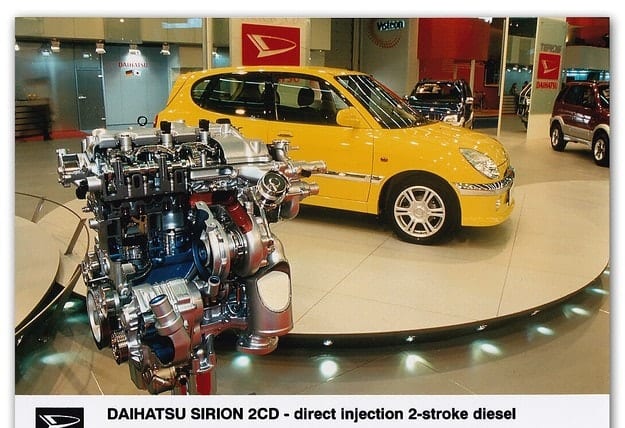
Why fast charging is the death of batteries
They want to change the oil, but they still have a fatal flaw that the manufacturers are silent about.
The Coal Age has long been remembered. The era of oil is also coming to an end. In the third decade of the XNUMX century, we are clearly living in the era of batteries.
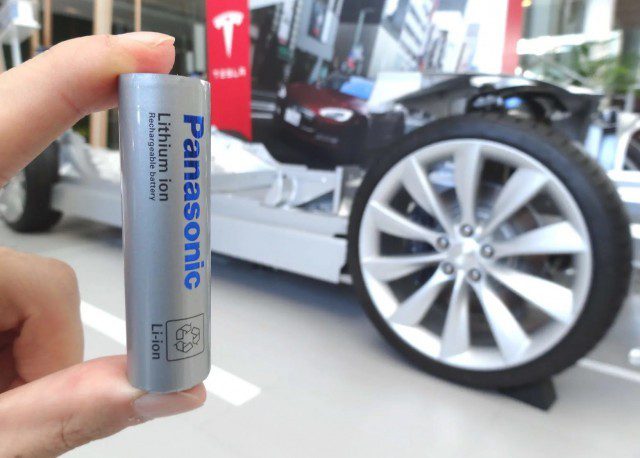
THEIR ROLE has ALWAYS been significant since electricity entered human life. But now three trends have suddenly made energy storage the most important technology on the planet.
The first trend is the boom in mobile devices - smartphones, tablets, laptops. We used to need batteries for things like flashlights, mobile radios and portable devices - all with relatively limited uses. Today, everyone has at least one personal mobile device, which he uses almost constantly and without which his life is unthinkable.
The SECOND TREND is the use of renewable energy sources and the sudden discrepancy between the peaks of electricity production and consumption. It used to be easy: when the owners turn on stoves and TVs in the evening, and consumption rises sharply, operators of thermal power plants and nuclear power plants simply have to increase power. But with the generation of solar and wind, this is impossible: the peak of production most often occurs at a time when consumption is at its lowest level. Therefore, energy must be stored somehow. An option is the so-called “hydrogen society”, in which electricity is converted into hydrogen and then feeds the fuel to the grid and electric vehicles. But the extraordinarily high cost of the necessary infrastructure and mankind's bad memories of hydrogen (Hindenburg and others) leave this concept on the backburner for now.

The so-called "smart grids" look in the minds of marketing departments: electric cars receive excess energy at peak production, and then, if necessary, can return it to the grid. However, modern batteries are not yet ready for such a challenge.
ANOTHER POSSIBLE ANSWER to this problem promises a third trend: the replacement of internal combustion engines with battery electric vehicles (BEVs). One of the main arguments in favor of these electric vehicles is that they can be active participants in the grid and take the surplus in order to return them when needed.
Every EV maker, from Tesla to Volkswagen, uses this idea in their PR materials. However, none of them recognize what is painfully clear to engineers: modern batteries are not suitable for such work.
The LITHIUM-ION TECHNOLOGY that dominates the market today and delivers from your fitness bracelet to the fastest Tesla Model S has many advantages over older concepts like lead acid or nickel metal hydride batteries. But it also has some limitations and, above all, a tendency towards aging ..
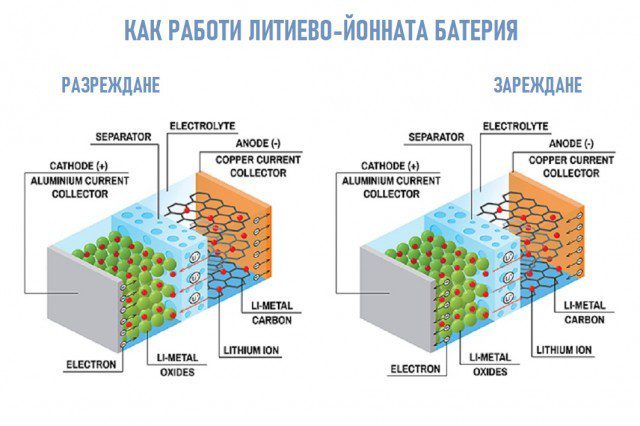
Most people think of batteries as a kind of tube into which electricity somehow "flows". In practice, however, batteries do not store electricity by themselves. They use it to trigger certain chemical reactions. Then they can start the opposite reaction and regain their charge.
For lithium-ion batteries, the reaction with the release of electricity looks like this: lithium ions are formed at the anode in the battery. These are lithium atoms, each of which has lost one electron. The ions move through the liquid electrolyte to the cathode. And the released electrons are channeled through an electrical circuit, providing the energy we need. When the battery is turned on for charging, the process is reversed and the ions are collected along with the lost electrons.
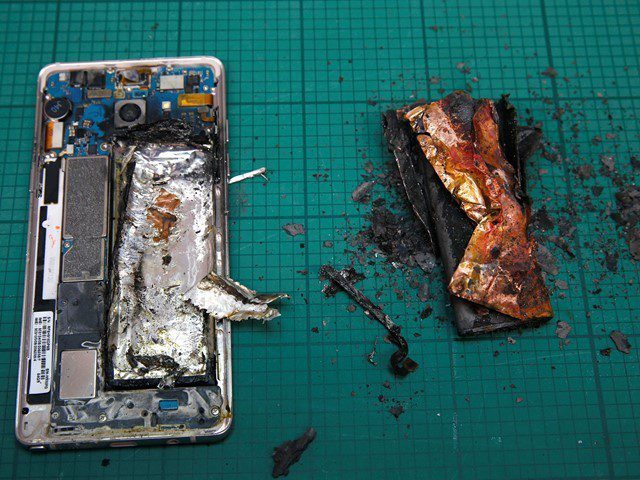
"Overgrowth" with lithium compounds can cause a short circuit and ignite the battery.
Unfortunately, HOWEVER, the HIGH REACTIVITY that makes lithium so suitable for making batteries has a downside - it tends to participate in other, undesirable chemical reactions. Therefore, a thin layer of lithium compounds gradually forms on the anode, which interferes with the reactions. And so the battery capacity decreases. The more intensely it is charged and discharged, the thicker this coating becomes. Sometimes it can even release so-called "dendrites" - think stalactites of lithium compounds - that extend from the anode to the cathode and, if they reach it, can cause a short circuit and ignite the battery.
Each charge and discharge cycle shortens the life of the lithium-ion battery. But the recently fashionable fast charging with a three-phase current significantly speeds up the process. For smartphones, this is not a big barrier for manufacturers, they want to force users to change their devices every two or three years anyway. But cars are a problem.
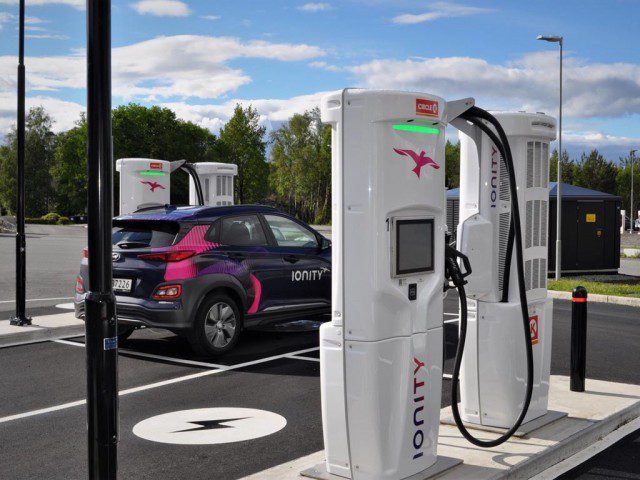
To convince consumers to buy electric vehicles, manufacturers must also entice them with fast charging options. But fast stations like Ionity are not suitable for everyday use.
THE COST OF THE BATTERY IS ANOTHER THIRD and even more than the entire price of today's electric car. To convince their customers that they are not buying a ticking bomb, all manufacturers provide a separate, longer battery warranty. At the same time, they rely on faster charging to make their cars attractive for long-distance travel. Until recently, the fastest charging stations operated at 50 kilowatts. But the new Mercedes EQC can be charged up to 110kW, the Audi e-tron up to 150kW, as offered by European Ionity charging stations, and Tesla is preparing to raise the bar even higher.
These manufacturers are quick to admit that fast charging will destroy batteries. Stations such as Ionity are more suitable for emergencies when a person has come a long way and has little time. Otherwise, slowly charging your battery at home is a smart approach.
How charged and discharged it is is also important to its lifespan. Therefore, most manufacturers do not recommend charging above 80% or below 20%. With this approach, a lithium-ion battery loses on average about 2 percent of its capacity per year. Thus, it can last 10 years, or up to about 200 km, before its power drops so much that it becomes unusable in a car.
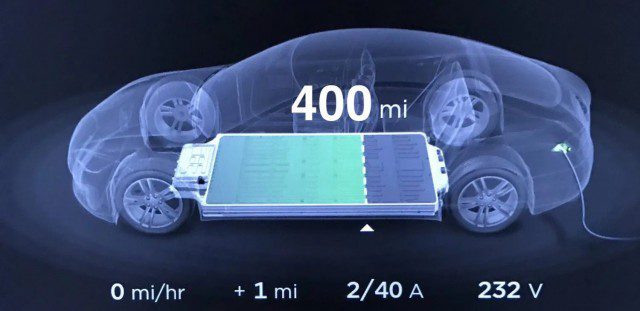
Finally, of course, BATTERY LIFE depends on its unique chemical composition. It is different for each manufacturer, and in many cases it is so new that it is not even known how it will age over time. Several manufacturers are already promising a new generation of batteries with a life of "one million miles" (1.6 million kilometers). According to Elon Musk, Tesla is working on one of them. The Chinese company CATL, which supplies products to BMW and half a dozen other companies, has pledged that its next battery will last 16 years, or 2 million kilometers. General Motors and Korea's LG Chem are also developing a similar project. Each of these companies has their own technology solutions that they want to try out in real life. GM, for example, will use innovative materials to prevent moisture from entering battery cells, a major cause of lithium scaling on the cathode. CATL technology adds aluminum to the nickel-cobalt-manganese anode. This not only reduces the need for cobalt, which is currently the most expensive of these raw materials, but also increases battery life. At least that's what the Chinese engineers hope. Potential clients are pleased to know if an idea works in practice.
